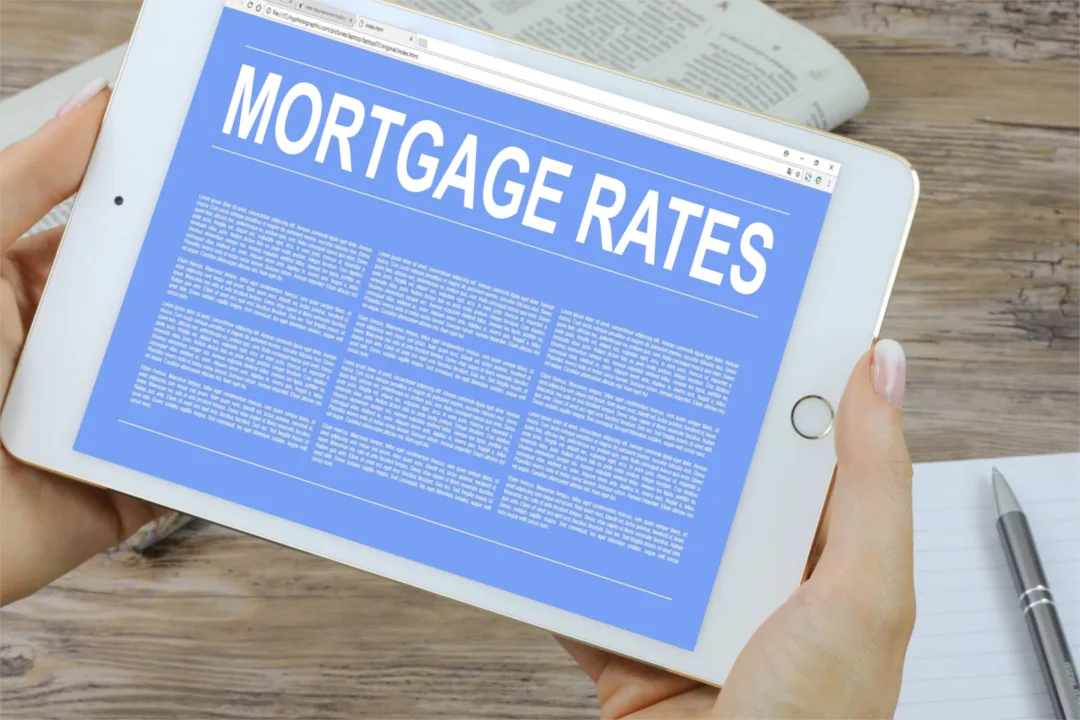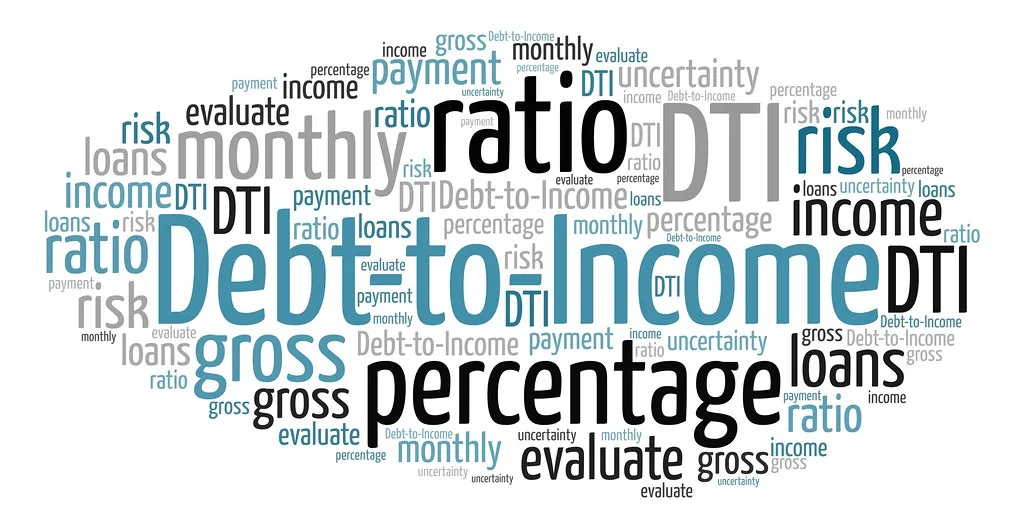Unlocking the Secrets of Mortgages: Tips for Securing the Best Rates
Unlocking the Secrets of Mortgages: Tips for Securing the Best Rates
Unlock the secrets of mortgages with our expert insights. Learn how to navigate the complexities of home financing and secure the best deals available.
In today’s complex financial landscape, securing the best mortgage rate can significantly impact your financial well-being for decades to come. Whether you’re a first-time homebuyer or refinancing an existing mortgage, finding the best rates is essential to saving money. In this comprehensive guide, we will walk you through the secrets of mortgage rates, providing expert tips to help you secure the most favorable terms.
Understanding Mortgage Rates: What Affects Them?

Mortgage rates are influenced by several factors, some of which are beyond your control, while others can be managed with a little preparation. Here’s a breakdown of the key elements that affect mortgage interest rates:
1. Credit Score
Your credit score is one of the most significant factors in determining your mortgage rate. Lenders use your credit score to assess your risk as a borrower. Higher credit scores often result in lower interest rates, as they indicate a strong history of managing credit responsibly. A score above 740 is typically considered excellent, whereas a score below 620 might require you to pay a higher interest rate or make a larger down payment.
Pro Tip: Before applying for a mortgage, take steps to improve your credit score by paying down debt, avoiding new credit inquiries, and correcting any errors on your credit report.
2. Loan-to-Value Ratio (LTV)
The loan-to-value ratio measures the amount of your mortgage loan compared to the appraised value of the property. A lower LTV ratio often results in more favorable mortgage rates, as it indicates to lenders that you have more equity in the home. A larger down payment can reduce the LTV ratio, thus helping you secure better rates.
Pro Tip: Aim for a down payment of at least 20% to not only secure a better interest rate but also avoid private mortgage insurance (PMI).
3. Loan Term
Mortgage rates vary depending on the length of the loan. 30-year fixed-rate mortgages are the most popular, but shorter loan terms, such as 15-year fixed-rate mortgages, often come with lower interest rates. However, the trade-off is higher monthly payments.
Pro Tip: If you can afford higher monthly payments, opting for a shorter loan term can save you tens of thousands of dollars in interest over the life of the loan.
4. Economic Conditions
National and global economic conditions play a role in setting mortgage rates. For instance, during periods of economic growth, rates may rise due to increased demand for loans. Conversely, during economic downturns, mortgage rates tend to drop as central banks lower interest rates to stimulate the economy.
Pro Tip: Monitor economic trends and consider locking in your mortgage rate during times of lower interest rates to avoid potential rate hikes.
5. Type of Mortgage
The type of mortgage you choose—whether it’s a fixed-rate mortgage or an adjustable-rate mortgage (ARM)—can also affect the interest rate. Fixed-rate mortgages lock in your rate for the entire term, offering stability, while ARMs typically start with a lower rate that may increase after a set period.
Pro Tip: If you plan to stay in your home for a long time, a fixed-rate mortgage may be your best option. However, if you expect to move or refinance in a few years, an ARM could help you benefit from initial lower rates.
How to Secure the Best Mortgage Rates: Top Tips

Now that you understand the factors influencing mortgage rates, let’s dive into actionable tips to help you secure the best possible rate.
1. Shop Around and Compare Lenders
One of the biggest mistakes borrowers make is not shopping around for the best mortgage rate. Interest rates can vary significantly between lenders, so it’s crucial to compare offers from multiple sources, including banks, credit unions, and online lenders.
Pro Tip: Use online comparison tools to quickly gather quotes from several lenders. Don’t be afraid to negotiate—lenders often have some flexibility in the rates they offer.
2. Get Pre-Approved for a Mortgage
Getting pre-approved for a mortgage shows sellers and real estate agents that you’re a serious buyer, and it can give you an edge in competitive markets. But beyond that, a pre-approval can also lock in a rate for a set period, protecting you from interest rate increases while you house hunt.
Pro Tip: Pre-approvals can also give you an idea of how much you can afford, preventing you from falling in love with homes outside your budget.
3. Consider Discount Points
Discount points allow you to pay an upfront fee in exchange for a lower interest rate on your mortgage. One point typically costs 1% of the loan amount and can reduce your interest rate by around 0.25%. While buying points increases your upfront costs, it can save you money over the life of the loan.
Pro Tip: Calculate the break-even point for buying discount points—this is the point at which the savings from a lower rate will outweigh the initial cost. If you plan to stay in your home long enough to reach this point, buying points could be a smart move.
4. Lock in Your Rate
Mortgage rates fluctuate daily, so once you’ve found a favorable rate, it’s wise to lock it in. A rate lock ensures that your interest rate won’t change before closing, even if rates rise.
Pro Tip: Some lenders offer a “float-down” option that allows you to lock in your rate while still taking advantage of lower rates if they fall before your closing date.
5. Improve Your Debt-to-Income Ratio (DTI)

Lenders assess your ability to repay a loan by looking at your debt-to-income ratio—the percentage of your monthly income that goes toward debt payments. A lower DTI can help you qualify for better mortgage rates. Reducing your outstanding debt and increasing your income can improve your DTI.
Pro Tip: Aim for a DTI below 36%. If you’re carrying high credit card balances or personal loans, consider paying them down before applying for a mortgage.
6. Opt for a Larger Down Payment
As mentioned earlier, a larger down payment reduces your loan-to-value ratio, which can result in a lower interest rate. By saving for a down payment of 20% or more, you’ll also avoid the cost of private mortgage insurance (PMI), further reducing your monthly payments.
Pro Tip: If you can’t afford a 20% down payment, look into loan programs like FHA loans, which require as little as 3.5% down, but be aware that they may come with higher interest rates and PMI requirements.
Final Thoughts on Securing the Best Mortgage Rates
Securing the best mortgage rate is critical to minimizing the overall cost of your home. By understanding the factors that affect mortgage rates, shopping around, and taking proactive steps to improve your financial profile, you can position yourself for the most favorable terms. A small difference in interest rates can result in substantial savings over the life of your loan, so it pays to invest time in the process.



Fabulous!
I’ve added your website to my favorites; keep up the amazing work!
This is exactly what I was looking for; thank you for providing this data.